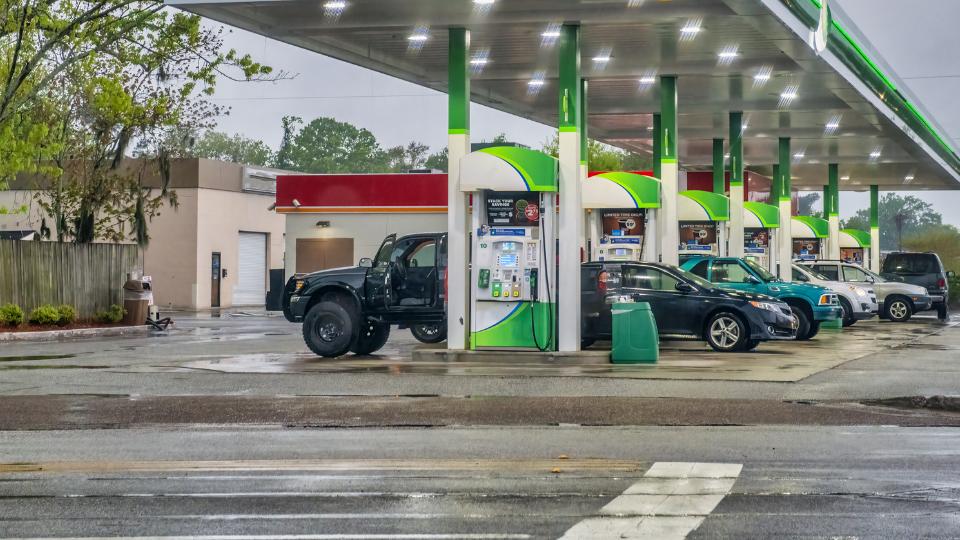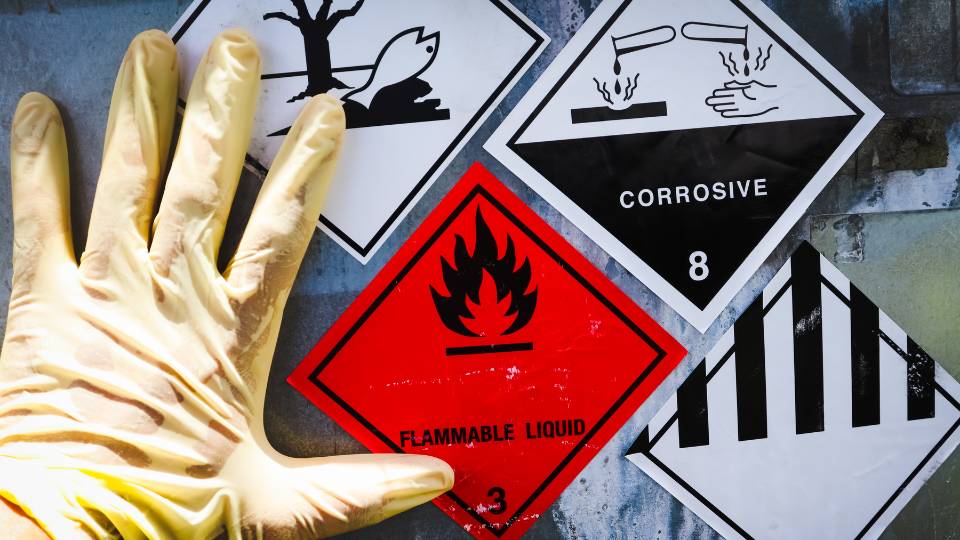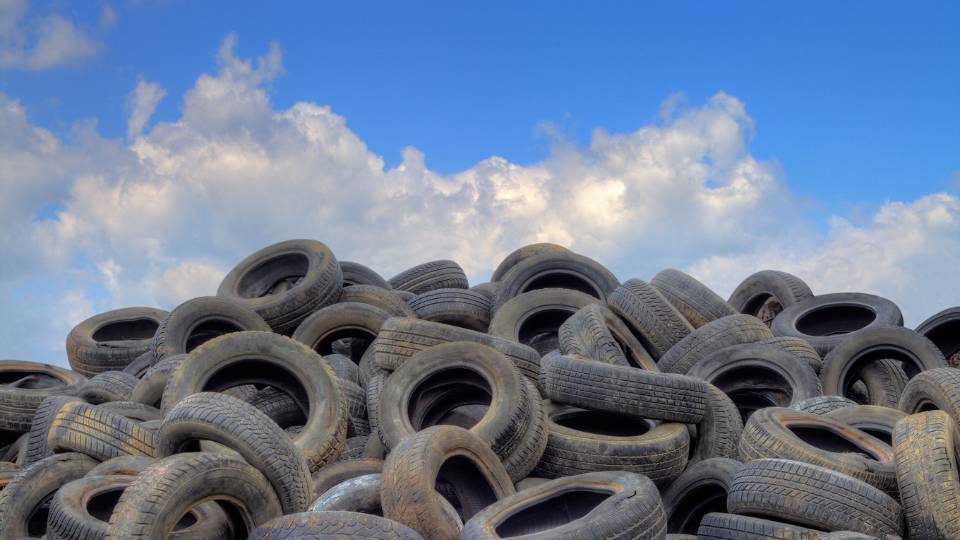
The surge in petrol consumption has reached unprecedented levels, nearly tripling from 12,891 million litres to a staggering 29,551 million litres in 2023.
This dramatic increase signifies a significant shift in global energy consumption patterns, with far-reaching implications for both the economy and the environment.
As the world grapples with rising energy demands, the challenges of carbon emissions, and the quest for sustainable alternatives, this surge in petrol consumption at service stations underscores the urgent need for innovative solutions, heightened conservation efforts, and a renewed commitment to a greener and more energy-efficient future.
Steps to disposing of petrol
To dispose of unused petrol safely and responsibly, follow these four steps:
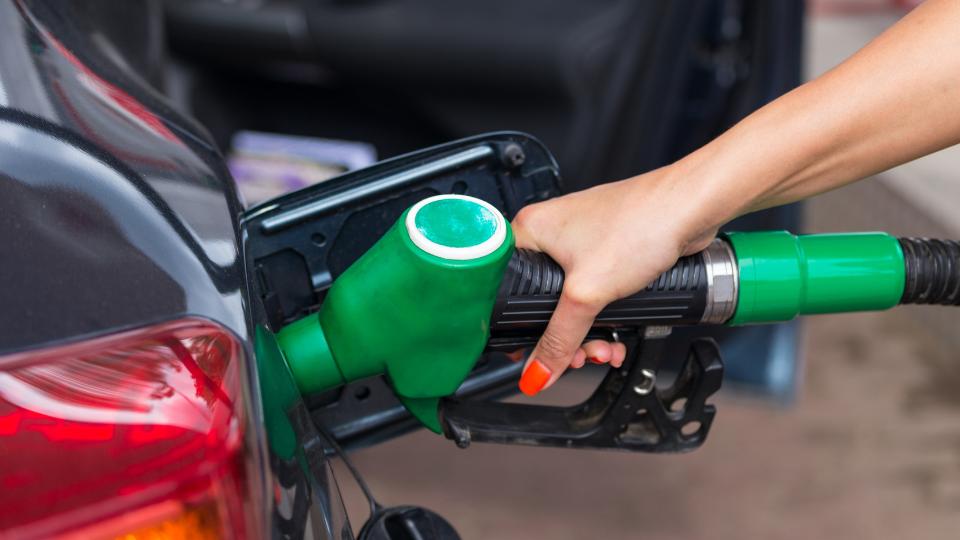
Contact Your Local Hazardous Waste Facility
Reach out to your local municipal waste management or environmental agency to find a designated petrol disposal facility near you. They can provide information on drop-off locations and schedules for petrol disposal.
Transfer Petrol to Approved Containers
Using an approved container made of metal or high-density polyethylene (HDPE), carefully transfer the unused petrol from its original container to the approved storage container.
Make sure the container is tightly sealed to prevent leaks or spills during transportation.
Transport to Hazardous Waste Disposal Facility
Safely transport the sealed, approved container with the unused petrol to the designated hazardous waste disposal facility. Follow all transportation regulations and guidelines for hazardous materials to ensure safe delivery.
Follow Disposal Procedures
When you arrive at the disposal facility, follow their specific petrol disposal procedures.
Hand over the container with unused petrol to the facility staff, who will properly manage and dispose of the hazardous material in an environmentally responsible manner.
Remember, never attempt to pour petrol down drains, in regular trash, or burn it off, as these actions can have detrimental environmental and safety consequences.
Always prioritise safe and responsible petrol disposal methods.
Can I mix petrol with other substances for disposal?
No, it is not safe, advisable, or environmentally responsible to mix petrol with other substances for disposal.
Mixing petrol with other materials can create dangerous and unpredictable chemical reactions, potentially resulting in hazardous compounds or mixtures that pose significant risks to human health, safety, and the environment.
Petrol is a highly flammable liquid, and attempting to mix it with other substances can increase its volatility and pose an even greater danger.
Mixing petrol with incompatible materials can cause fires, explosions, or the release of toxic fumes, putting individuals and the surrounding environment at risk.
If you need to dispose of your fire extinguisher you can read more on how to do so in our dedicated blog.
To safely dispose of petrol, it’s essential to follow established guidelines and regulations provided by local authorities, which typically involve taking it to a designated hazardous waste disposal facility or participating in a hazardous waste collection event.
Always prioritise safety and adhere to responsible petrol disposal methods to protect both yourself and the environment.
What containers can be used to transport petrol for disposal?
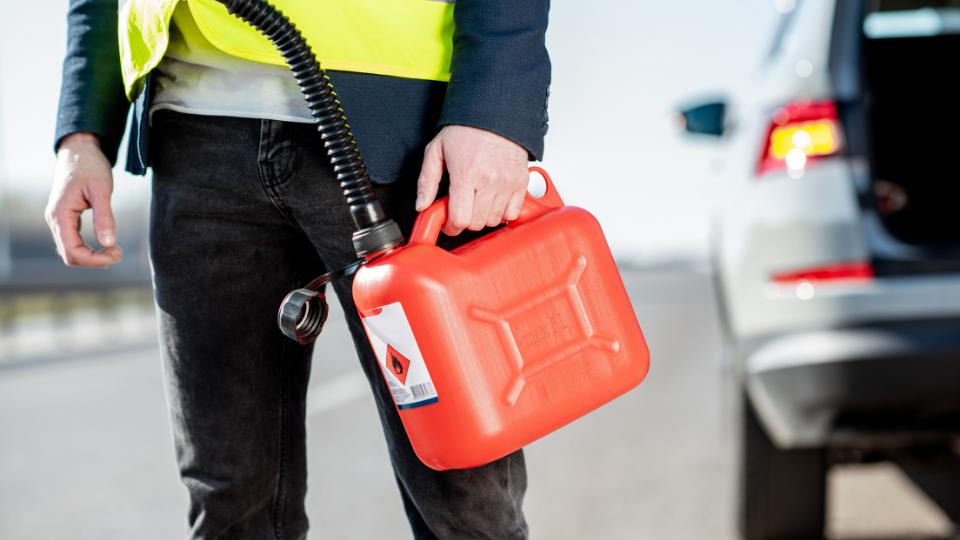
When transporting petrol, it’s important to use appropriate containers and materials to ensure safety and prevent leaks or spills.
Here are guidelines for selecting containers and materials for transporting petrol:
Approved Containers: Use containers specifically designed and approved for transporting petrol. These containers are typically made of metal or high-density polyethylene (HDPE). They are designed to withstand the chemical properties of petrol and reduce the risk of leaks, spills, or breakage during transportation.
Metal Containers: Metal containers, such as steel or aluminium cans, are commonly used for transporting petrol. They provide durability, resistance to corrosion, and protection against external damage. Metal containers also reduce the risk of static electricity buildup, which can be hazardous when handling flammable liquids like petrol.
High-Density Polyethylene (HDPE) Containers: HDPE containers are durable, chemically resistant, and lightweight. They are suitable for transporting petrol and other hazardous materials. HDPE containers are widely used due to their ability to safely store and transport various chemicals, including petrol.
Secure Lids and Closures: Ensure that the containers have secure and tight-fitting lids or closures to prevent any leaks or spills during transportation. Properly sealed containers will help maintain the integrity of the petrol and reduce the risk of accidents.
Compliance with Regulations: Make sure the containers and materials you choose comply with local and national regulations for transporting hazardous materials, including petrol. Compliance helps ensure that you are using appropriate, safe, and legally acceptable containers for transportation.
Always follow your local laws and regulations regarding the transportation of hazardous materials, including petrol, to ensure you are using the correct containers and materials for safe transportation.
Additionally, adhere to safety guidelines and handle these materials with caution to mitigate potential risks.
What happens to petrol after disposal?
After petrol is used and disposed of, several potential scenarios can occur depending on the disposal method and location.
It’s important to note that proper disposal and handling of petroleum-based products like petrol are crucial to reduce environmental harm.
Here are some common outcomes of petrol disposal:
Incineration: In some cases, petrol may be burned in incinerators designed to handle hazardous waste.
The heat generated during incineration can break down the hydrocarbons in petrol into simpler compounds and gases. However, this process can release pollutants into the air, which can have environmental and health impacts if not properly controlled.
Landfill Disposal: Petrol-contaminated waste, such as empty containers or rags soaked with petrol, might end up in landfills. This can lead to the potential for soil and groundwater contamination as the petrol can leach into the ground and contaminate the surrounding area.
Recycling or Reuse: Some facilities may attempt to recycle or reuse petrol or petroleum-based products. However, this can be challenging due to the complexities of separating and purifying the various components in petrol. Additionally, the quality and safety of recycled petrol can be difficult to guarantee.
Wastewater Treatment: If petrol is accidentally spilt or washed into drains, it can end up in wastewater treatment systems. Treatment plants are generally not designed to effectively treat petroleum products, and petrol can cause operational issues and can be harmful to aquatic life if released into water bodies.
Evaporation and Dissipation: When petrol is exposed to the environment, it can evaporate and disperse into the air. This can contribute to air pollution, especially if there’s insufficient ventilation or if petrol evaporates in confined spaces.
Illegal Dumping or Improper Disposal: Unfortunately, illegal dumping of petrol or petroleum-based products can occur, leading to significant environmental pollution.
This can contaminate soil, water, and air, posing risks to both ecosystems and human health.
To mitigate the environmental impact of petrol disposal, it’s essential to follow proper waste disposal regulations and guidelines set by local authorities.
Responsible recycling, reuse, proper storage, and safe disposal of petrol and petroleum-based products are critical steps in reducing negative environmental consequences.
Additionally, promoting the use of alternative, eco-friendly fuels and practices can help reduce the overall reliance on petroleum-based products and their associated environmental impacts.
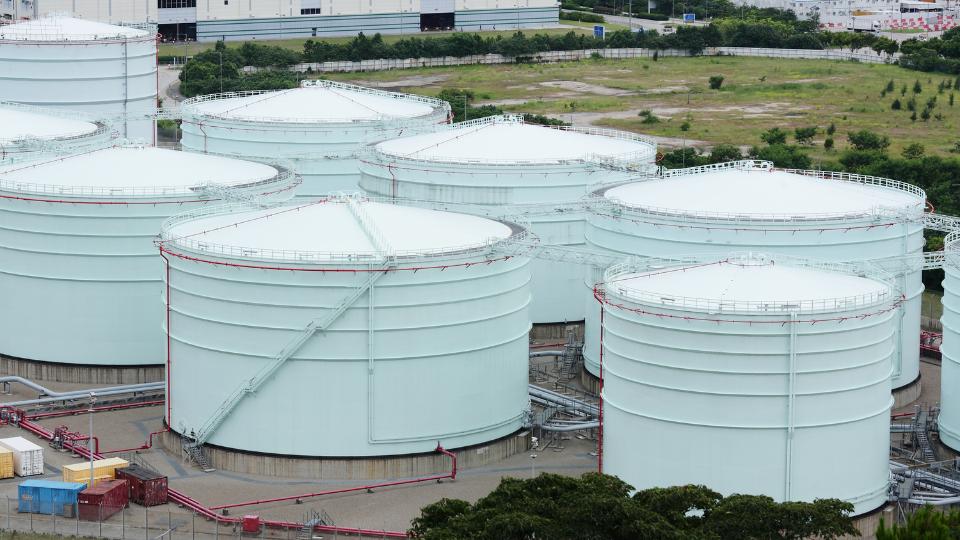
Petrol Disposal & Consumption Statistics UK
- In the UK, petrol is primarily used for road transport and other motorised equipment like lawnmowers and cement mixers.
- Since 1990, the demand for petrol has decreased significantly, nearly halving its consumption.
- In contrast, there has been a notable increase in the use of diesel as a road transport fuel.
- Currently, 53% of newly registered vehicles in the UK are powered by diesel, indicating a growing preference for diesel fuel in the transportation sector.
- Petrol consumption has almost tripled from 12,891 million litres to 29,551 million litres in 2023

